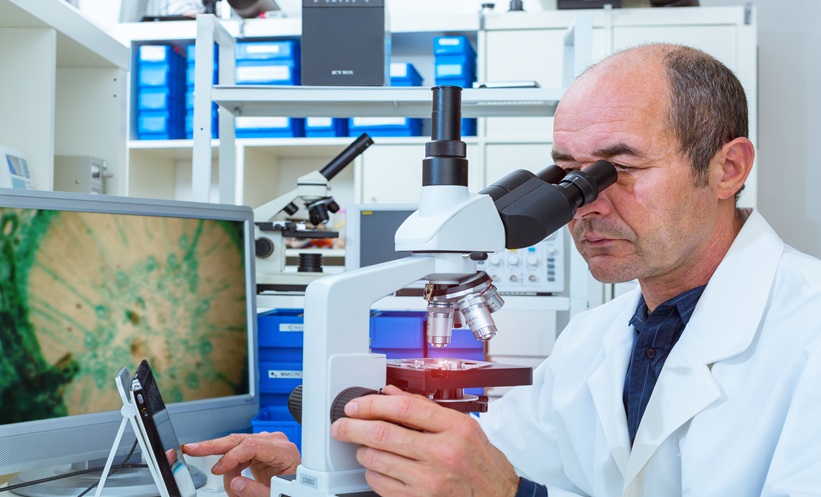A RECENT study by the German Society of Paediatric Infectious Diseases (DGPI) has identified six clinical phenotypes in children and adolescents hospitalised with SARS-CoV-2 infection, each with specific prognostic implications. By analysing data from 6,983 young patients in Germany, researchers used unsupervised machine learning to classify the symptoms, risk factors, and comorbidities that define each phenotype, offering new insights for personalising care in paediatric COVID-19 cases.
The six phenotypes were characterised by distinct symptom profiles and included: a range of symptoms (Phenotype A), predominantly gastrointestinal symptoms (Phenotype B), asymptomatic presentation (Phenotype C), lower respiratory tract symptoms (Phenotype D), combined respiratory and ear, nose, and throat symptoms (Phenotype E), and neurological symptoms (Phenotype F). The study found that certain phenotypes were linked to poorer outcomes, providing valuable information for risk assessment. For example, children in the lower respiratory tract phenotype (D) were four times more likely to require admission to intensive care than those with broader symptom presentations (A). Additionally, Phenotypes D and E were associated with a greater risk of residual symptoms post-discharge, with patients in these groups being more likely to experience long-term effects.
The study also highlighted age-based variations in phenotypes, with infants under one year showing different patterns compared to older children. While neurological phenotypes were common in older children, they were less frequent in infants.
The findings emphasise the importance of phenotype-based classification for children with COVID-19, offering a framework for tailored interventions based on individual risk profiles. These classifications could extend to managing other infectious diseases in paediatric care, paving the way for more targeted treatment approaches.
Reference
Shi Y et al. Six clinical phenotypes with prognostic implications were identified by unsupervised machine learning in children and adolescents with SARS-CoV-2 infection: results from a German nationwide registry. Respir Res. 2024;DOI:10.1186/s12931-024-03018-3.








